Earlier this month my Cloth in Common fellow artist Lisa Walton posted on Facebook that she was giving up on a piece. She wrote 'Sometimes you have to admit defeat. I’ve had an idea for a quilt in my head for months. Very different style and techniques for me. I tried and tried and tried but yesterday I gave up. It was worth a try but too far from my comfort zone'. Now Lisa is an extremely talented and experienced textile artist and, I'm guessing, had tried to work through problems with the piece before admitting defeat. But I was surprised by the percentage of people who responded with comments along the lines of 'don't give up / you can do it'. And I wondered about whether the balance of responses would be the same if Lisa worked with paint and canvas?
Is it the muddy distinction between art, craft and hobby when working with cloth and stitch that makes throwing work away an anathema to many people? I bet every quilter on the planet knows what a UFO is (and has a box full of them).
This is a discussion I've had with many friends. I found it amazingly liberating a few years ago to get rid of all the commercial fabric I knew I was never going to use, all the dust covered unfinished quilt tops and all old finished quilts, cushion covers, patchwork bags etc that I knew I was never going to show to another living soul. A lot of fabric, a few unfinished projects and a couple of finished pieces were taken by friends but the rest went in the bin. I kept and over-dyed the larger pieces of fabric to use for backing and bindings but that was it. Why - because my work has moved on. And when I work in my studio today it is always 'with intend' and never just something to fill my time.
Developing new work is not a straight path; it is trial and error and there are always casualties. Sometimes my first attempts at printing cloth are just plain ugly. They make great Facebook posts but if adding more print or discharging them doesn't recover them then they need to go. If the pieces are small they go in the bin. If not they get recycled as backings. Sometimes the samples I make don't work. Which can be frustrating if I've spent hours on them but sampling is a really important process for me. It allows me to fine tune my ideas. So no wonder that samples get thrown in the bin.
And then there are finished pieces. I like working in series because it allows me to dig deep and really develop my ideas. But the reality is that not all pieces in a series make the grade. Some pieces go wrong part way through. And some just don't have the 'wow' factor when they are finished. I have a large piece that I had been making to submit to the European Quilt Triennial that isn't working. The sample I made worked. A smaller piece I made in this new series worked. But not this one. After 50+ hours work I have admitted defeat. And used my precious studio hours on another new piece (details photographed) that is working.







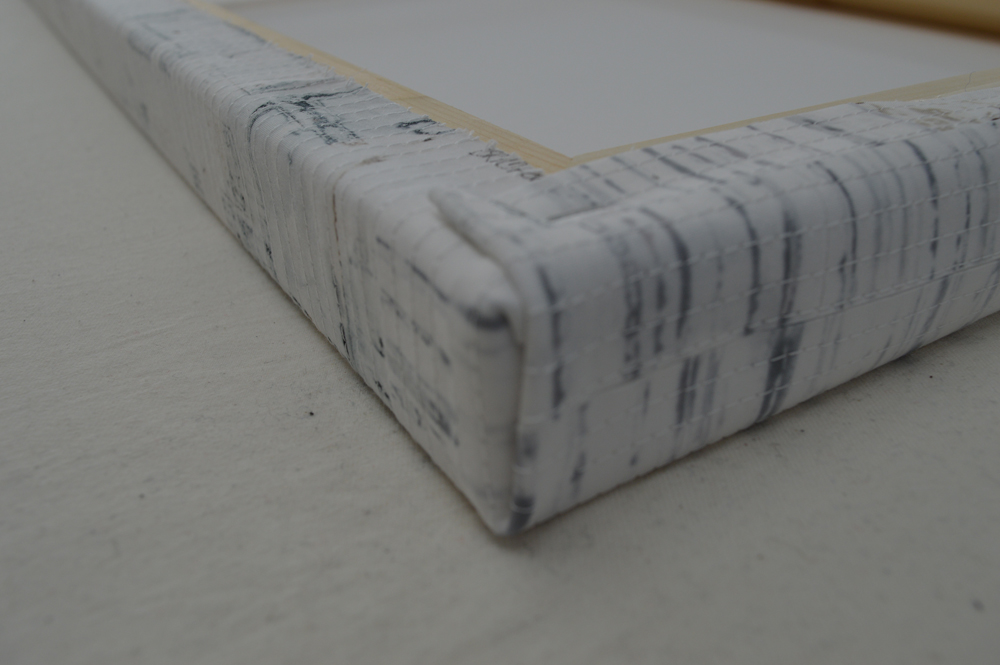

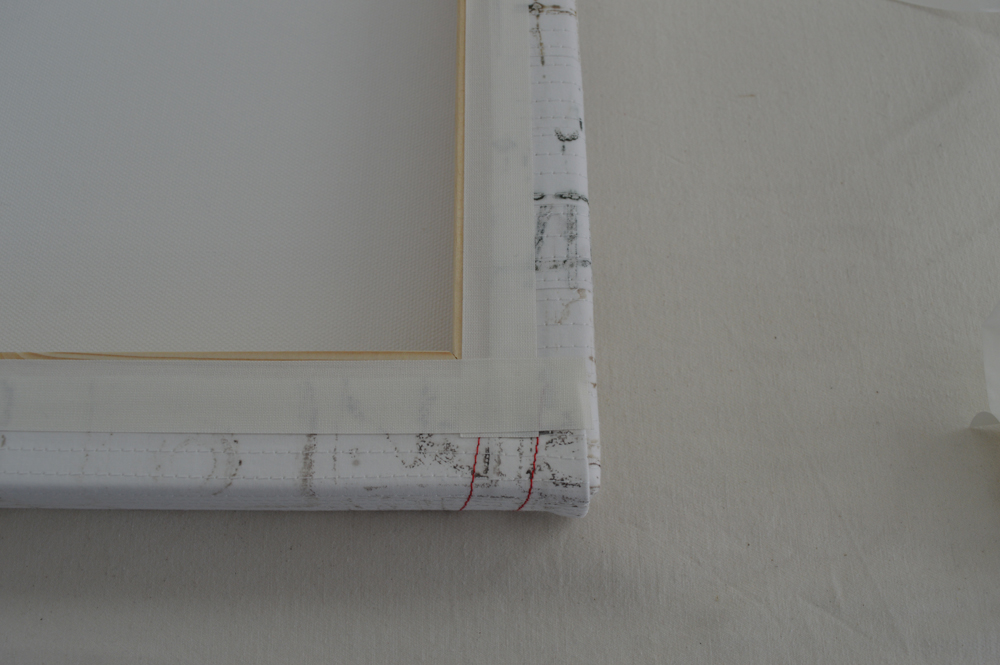




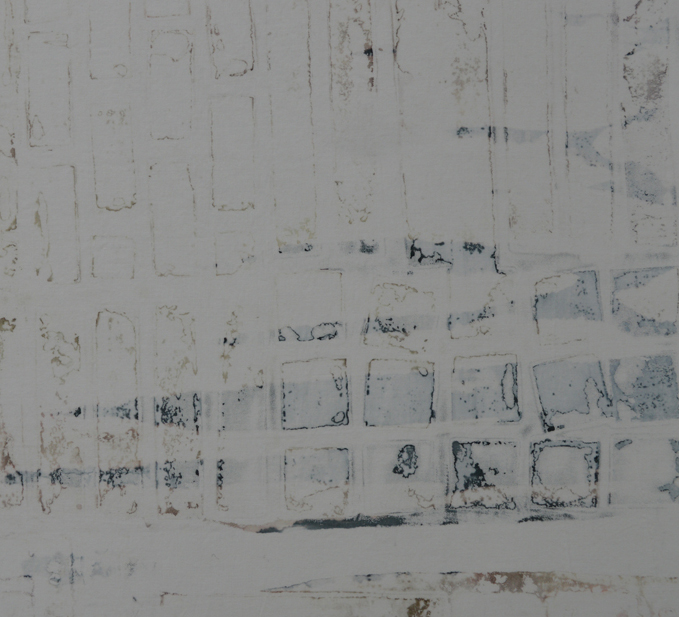
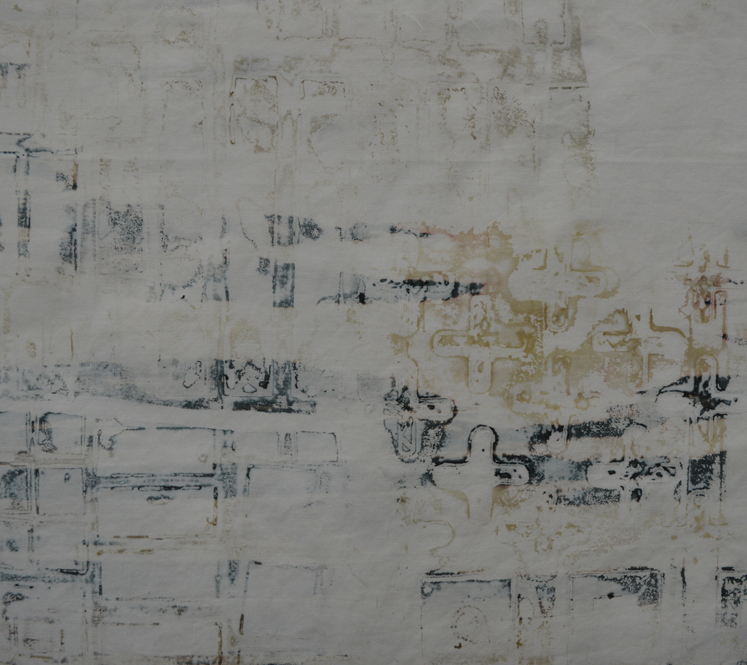

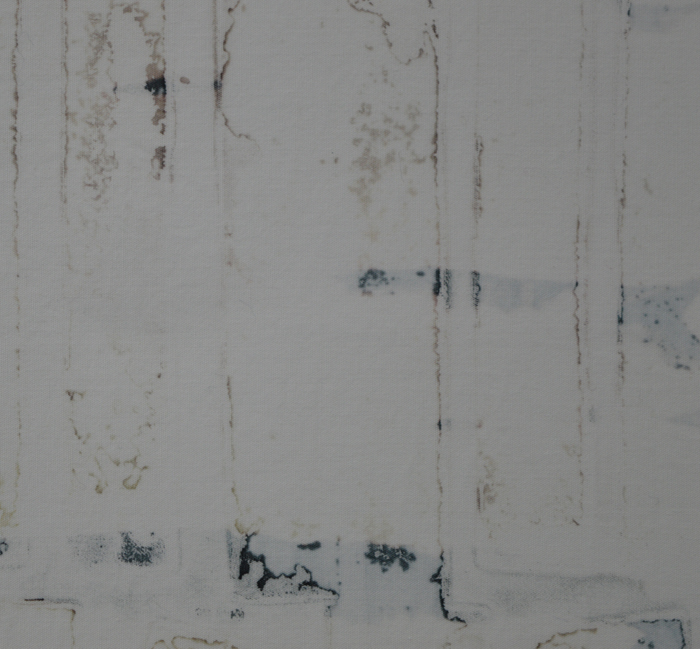



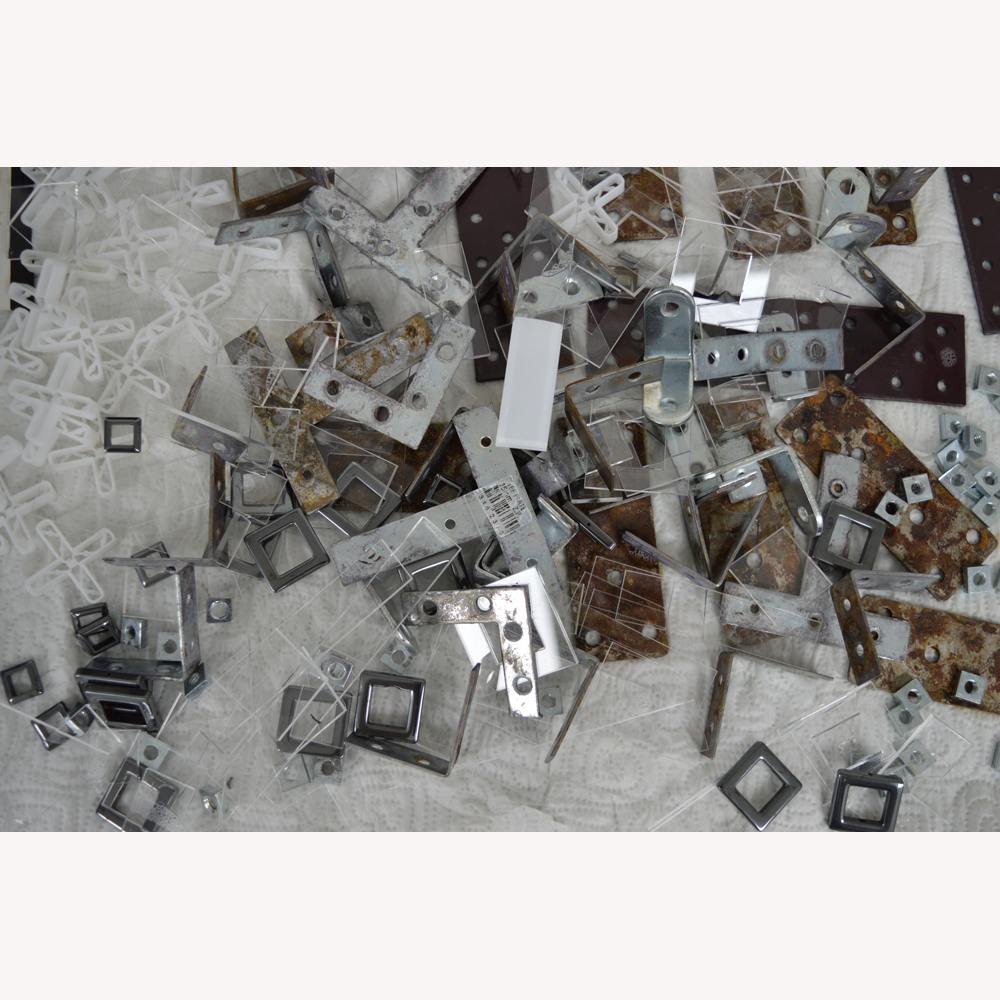
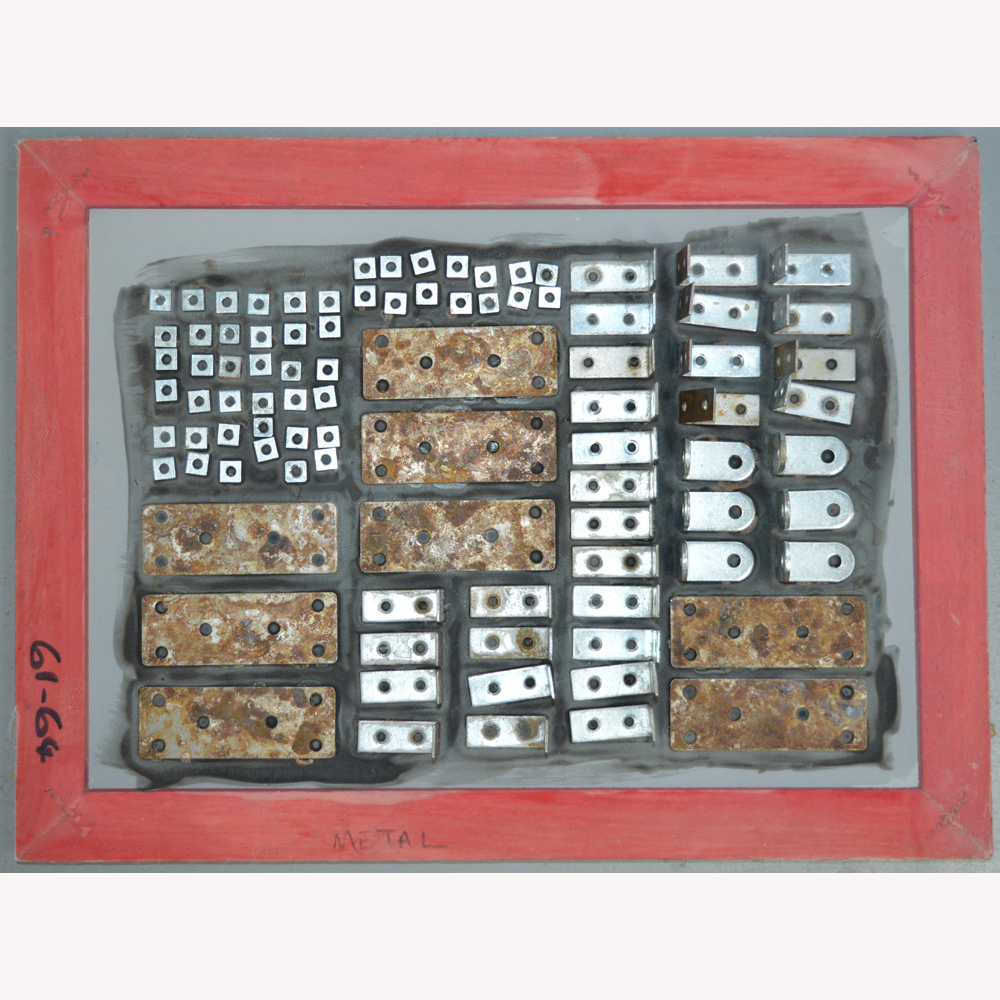
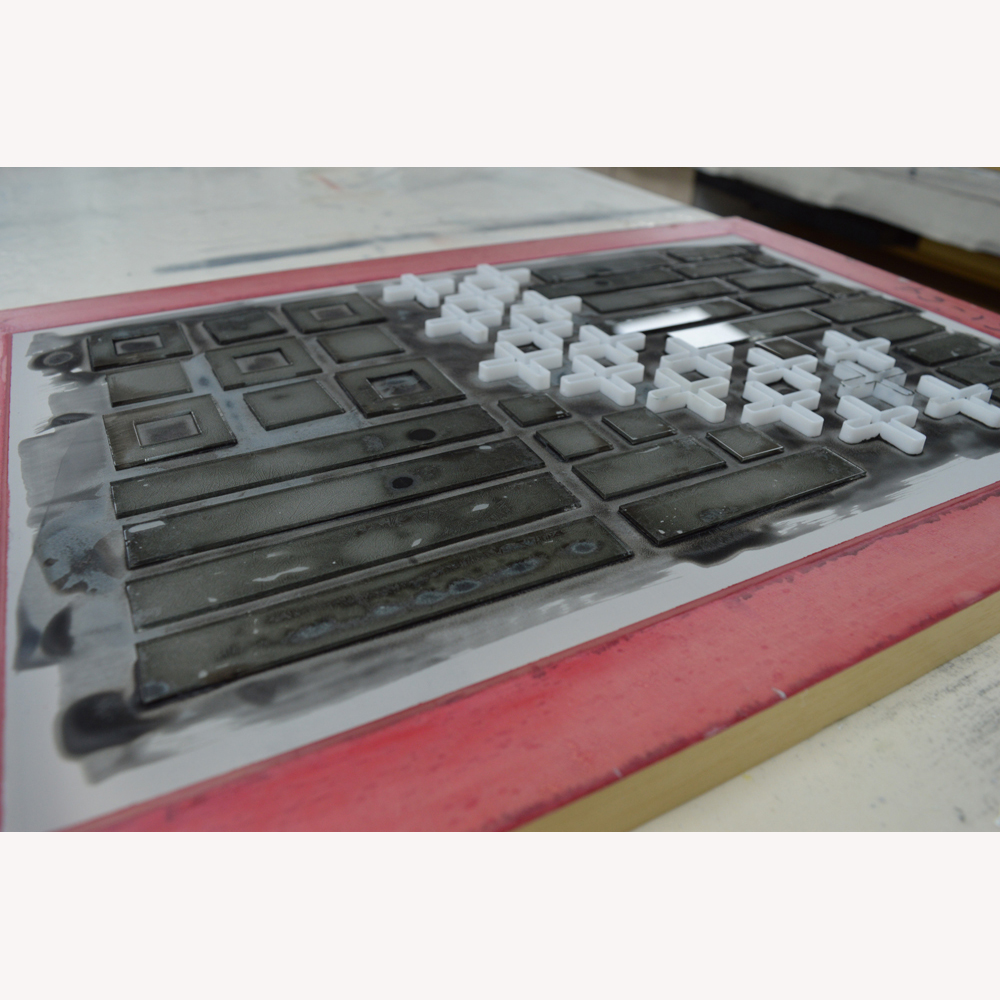
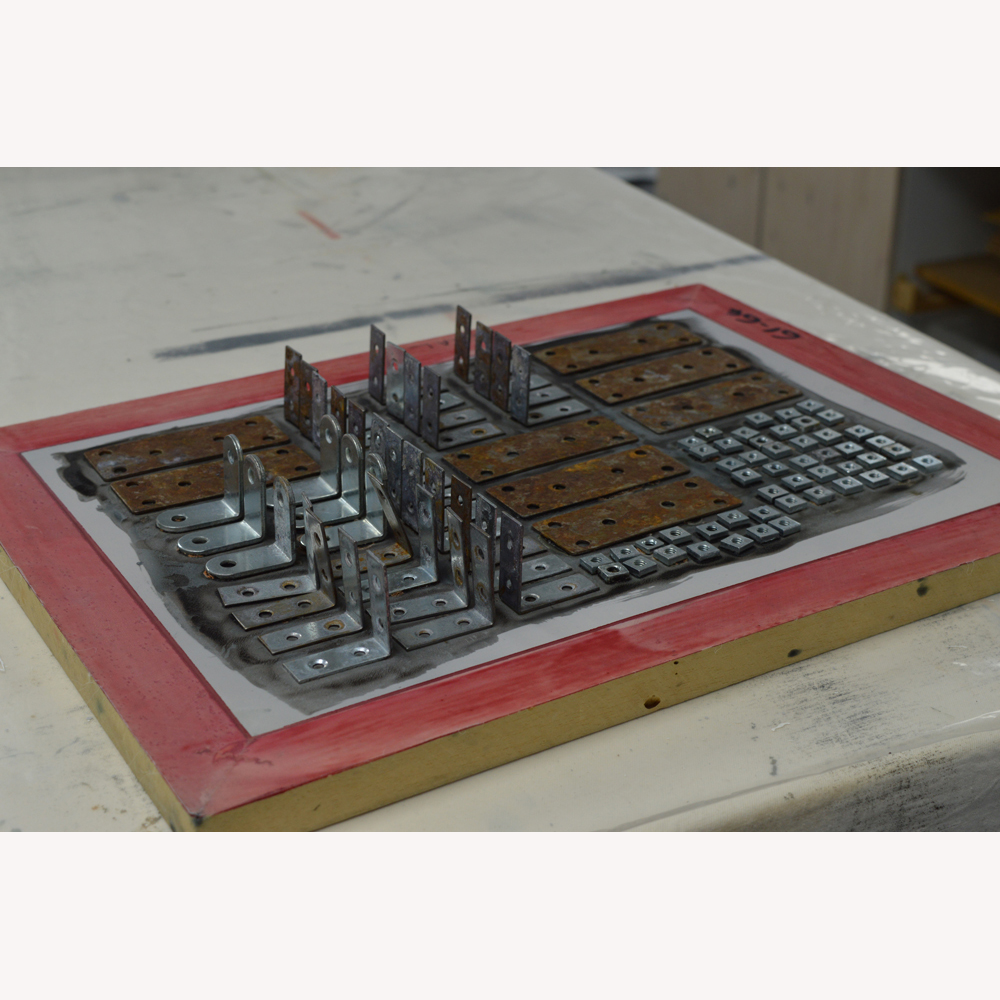




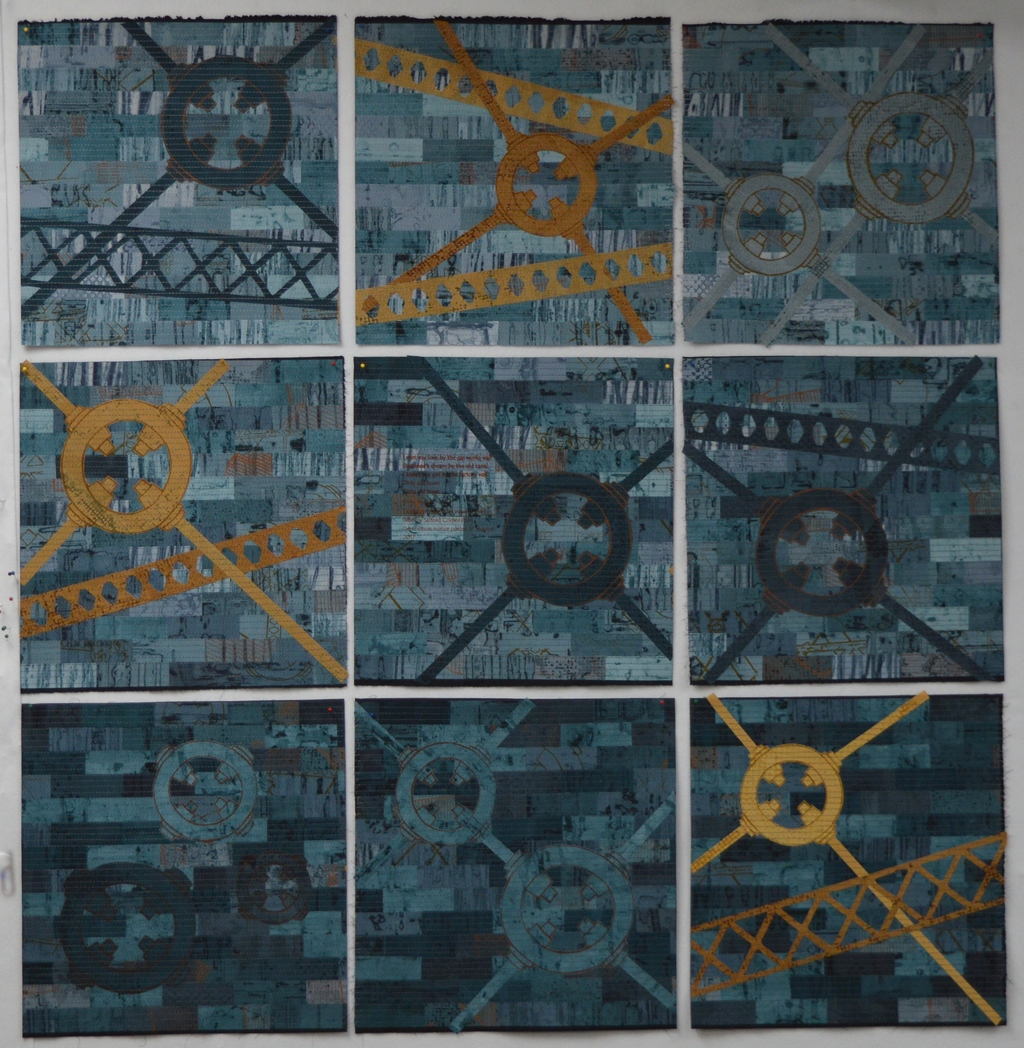 Those of you that follow my blog regularly will know that I made a very definite decision several years ago to always work in series. Doing so has helped me to develop as an artist - I spend a lot of time up front working on colour and on creating a palette of cloth but once I have that palette I am free to develop my ideas as I move from one piece to the next. And for my large pieces I do tend to get one to the finishing stages before starting work on the next. Many of my pieces are three metres wide or more. I am blessed with big print benches and a big design wall but it is not really practical to try to compose two large pieces at the same time.
Those of you that follow my blog regularly will know that I made a very definite decision several years ago to always work in series. Doing so has helped me to develop as an artist - I spend a lot of time up front working on colour and on creating a palette of cloth but once I have that palette I am free to develop my ideas as I move from one piece to the next. And for my large pieces I do tend to get one to the finishing stages before starting work on the next. Many of my pieces are three metres wide or more. I am blessed with big print benches and a big design wall but it is not really practical to try to compose two large pieces at the same time.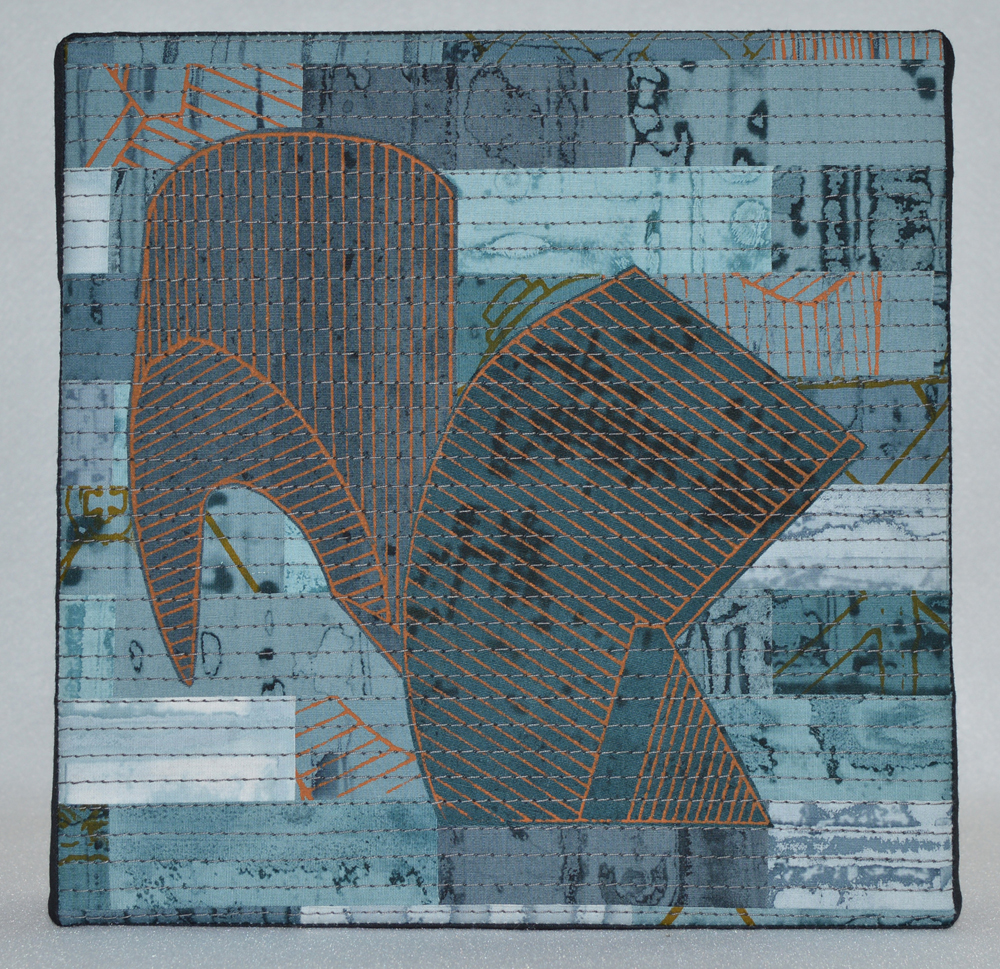 It is 4 weeks since I restarted my 100 (week) day challenge and time for an update. After completing 40 days I decided to take a two week break – family stuff plus Festival of Quilts made it pretty impossible to hit my target of spending two hours every week day evening working on small art. I was, and still am, absolutely determined to keep going however it has not been an easy 4 weeks.
It is 4 weeks since I restarted my 100 (week) day challenge and time for an update. After completing 40 days I decided to take a two week break – family stuff plus Festival of Quilts made it pretty impossible to hit my target of spending two hours every week day evening working on small art. I was, and still am, absolutely determined to keep going however it has not been an easy 4 weeks.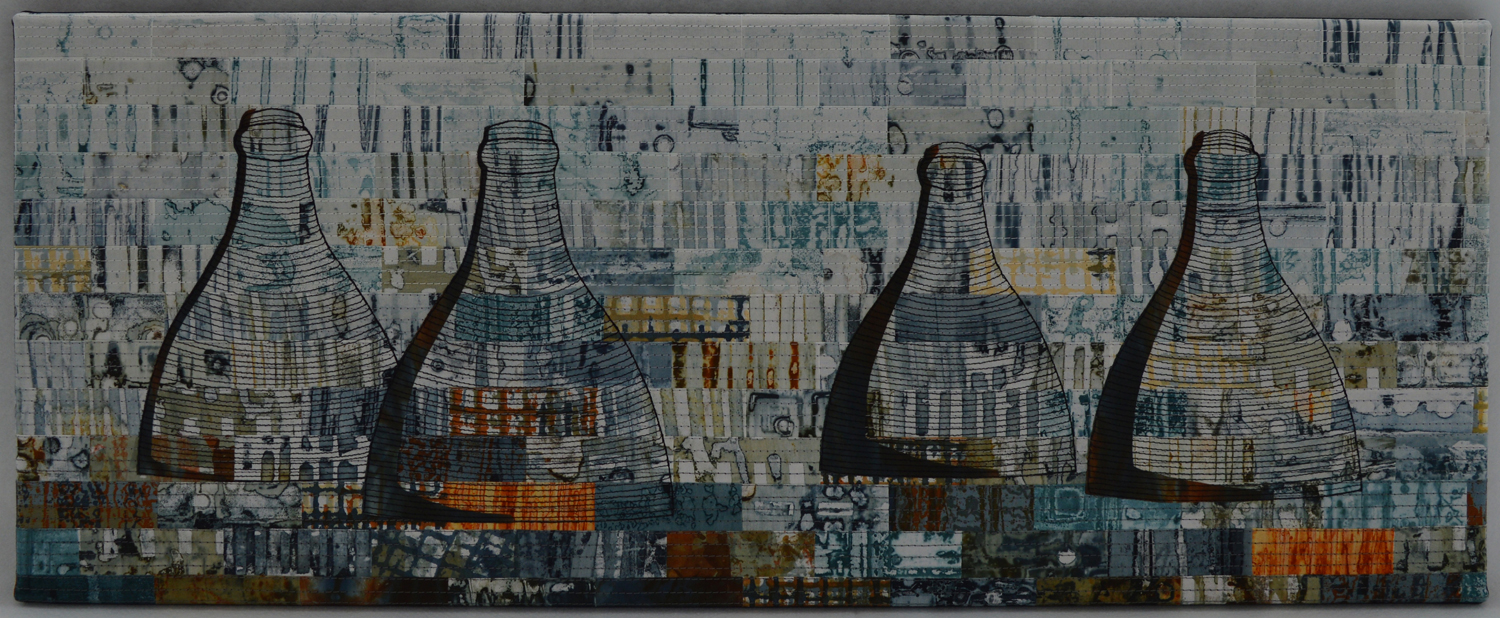
 It has been a quiet year for submitting work as everything I do is focussed on my two exhibitions in 2018 so it was very nice to be able to submit an older piece to Quilt-Art-Quilt. And even nicer to be selected! Ruins 1 will be travelling to Auburn, New York for the exhibition at the Schweinfurth Art Centre. Exhibition dates are 28th October to 7th January.
It has been a quiet year for submitting work as everything I do is focussed on my two exhibitions in 2018 so it was very nice to be able to submit an older piece to Quilt-Art-Quilt. And even nicer to be selected! Ruins 1 will be travelling to Auburn, New York for the exhibition at the Schweinfurth Art Centre. Exhibition dates are 28th October to 7th January.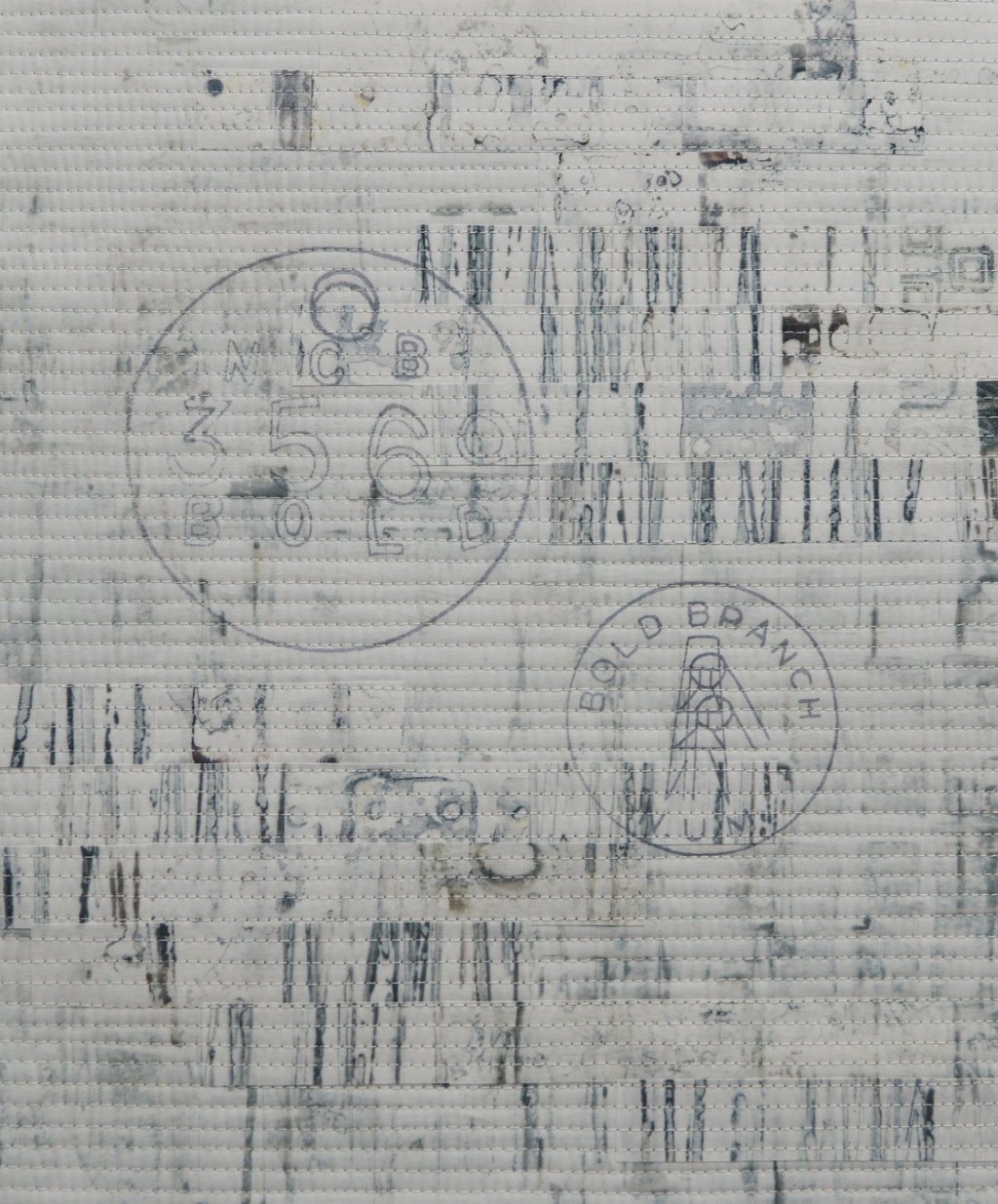 I've completed 35 days / 7 weeks of my challenge and I'm really happy with my output but it still feels like hard work making myself go to the studio some evenings.
I've completed 35 days / 7 weeks of my challenge and I'm really happy with my output but it still feels like hard work making myself go to the studio some evenings.